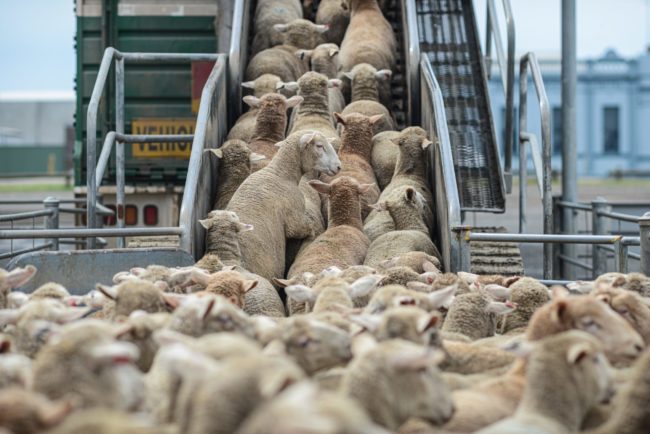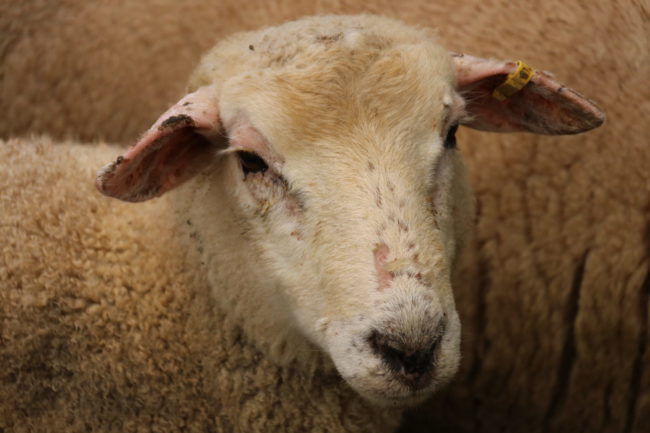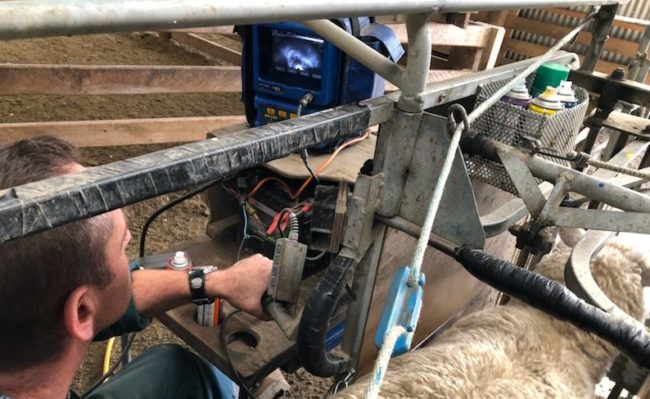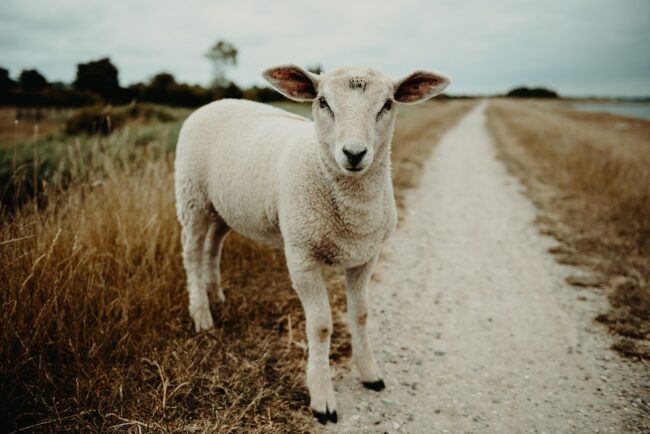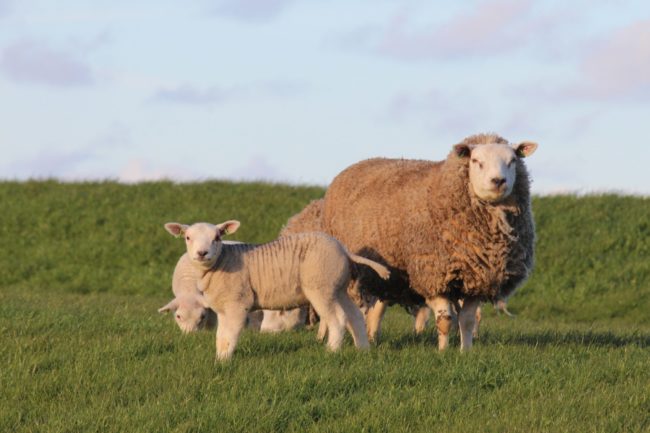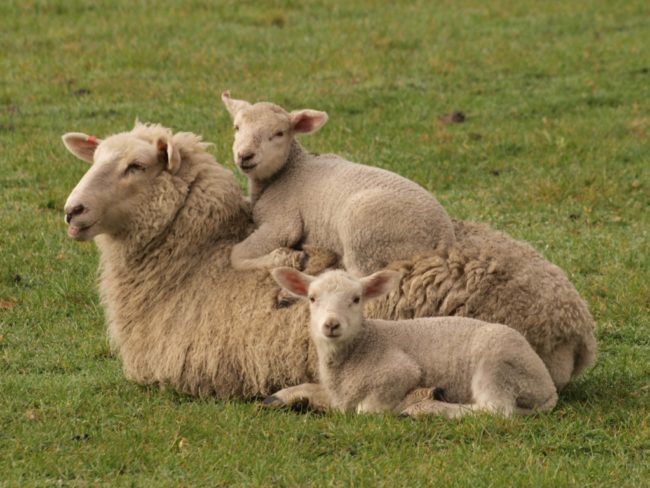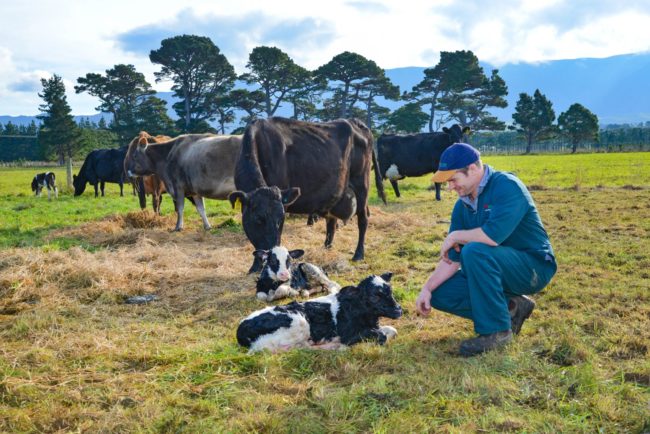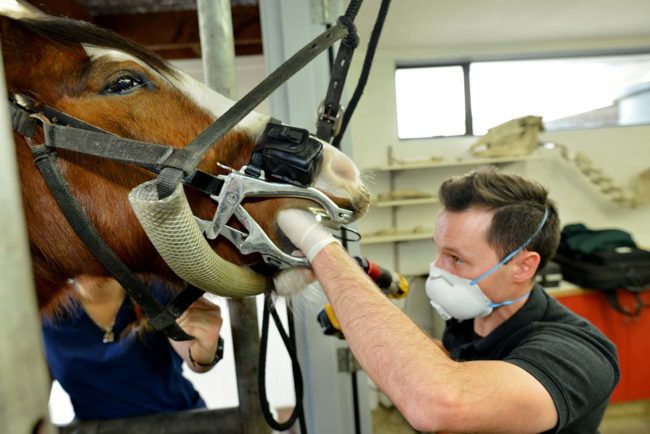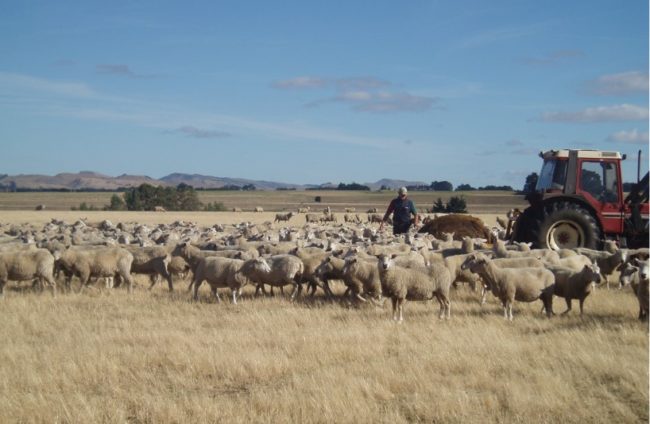Parasite Management Strategies
Monitor drenches used on farm annually by completing a faecal egg count check at 10 days after drenching. Do this for each different drench family that you use during the season. Try to complete as early in the season as possible. Quarantine drench: On arrival at the farm, drench all stock with a…



